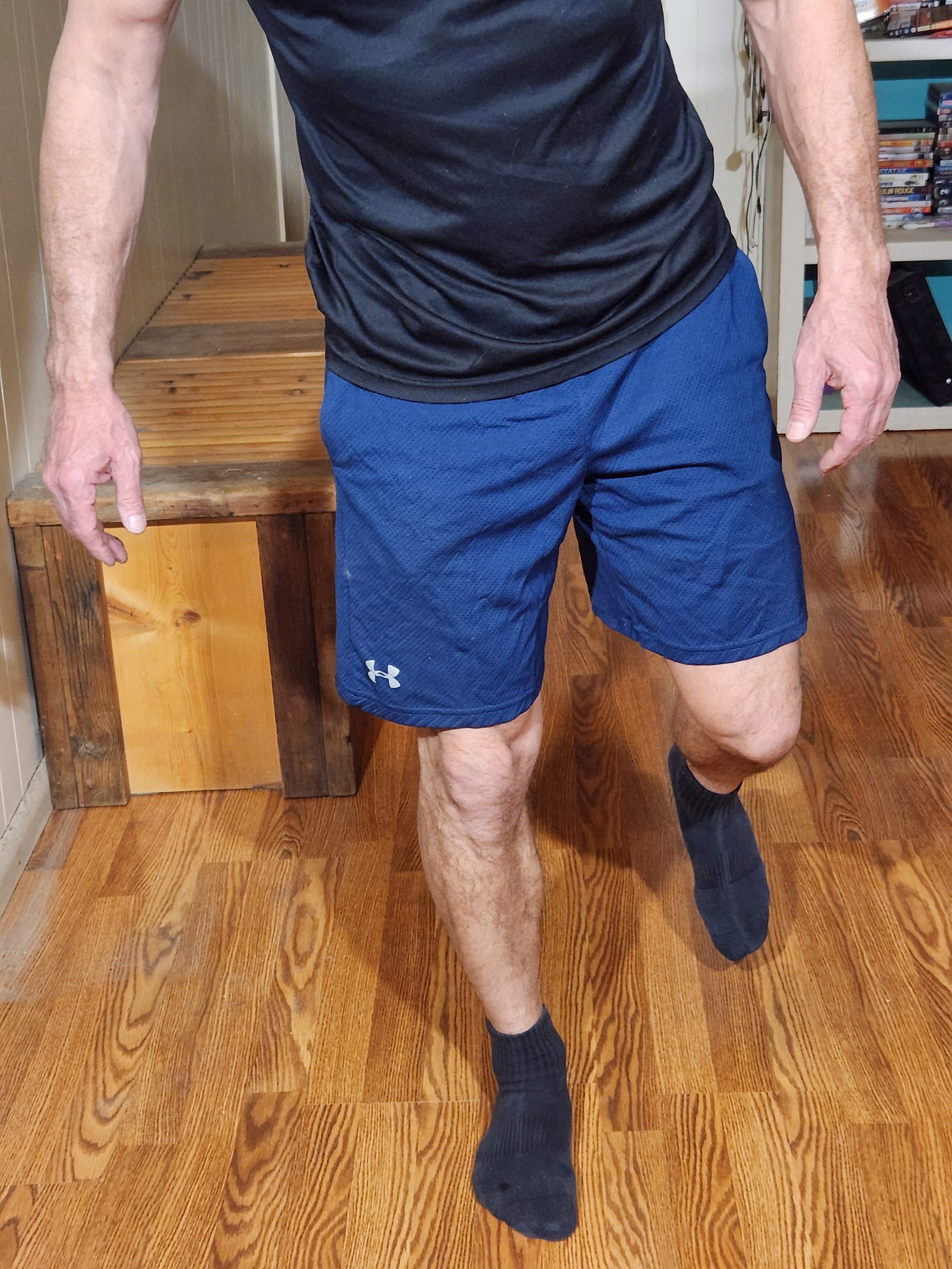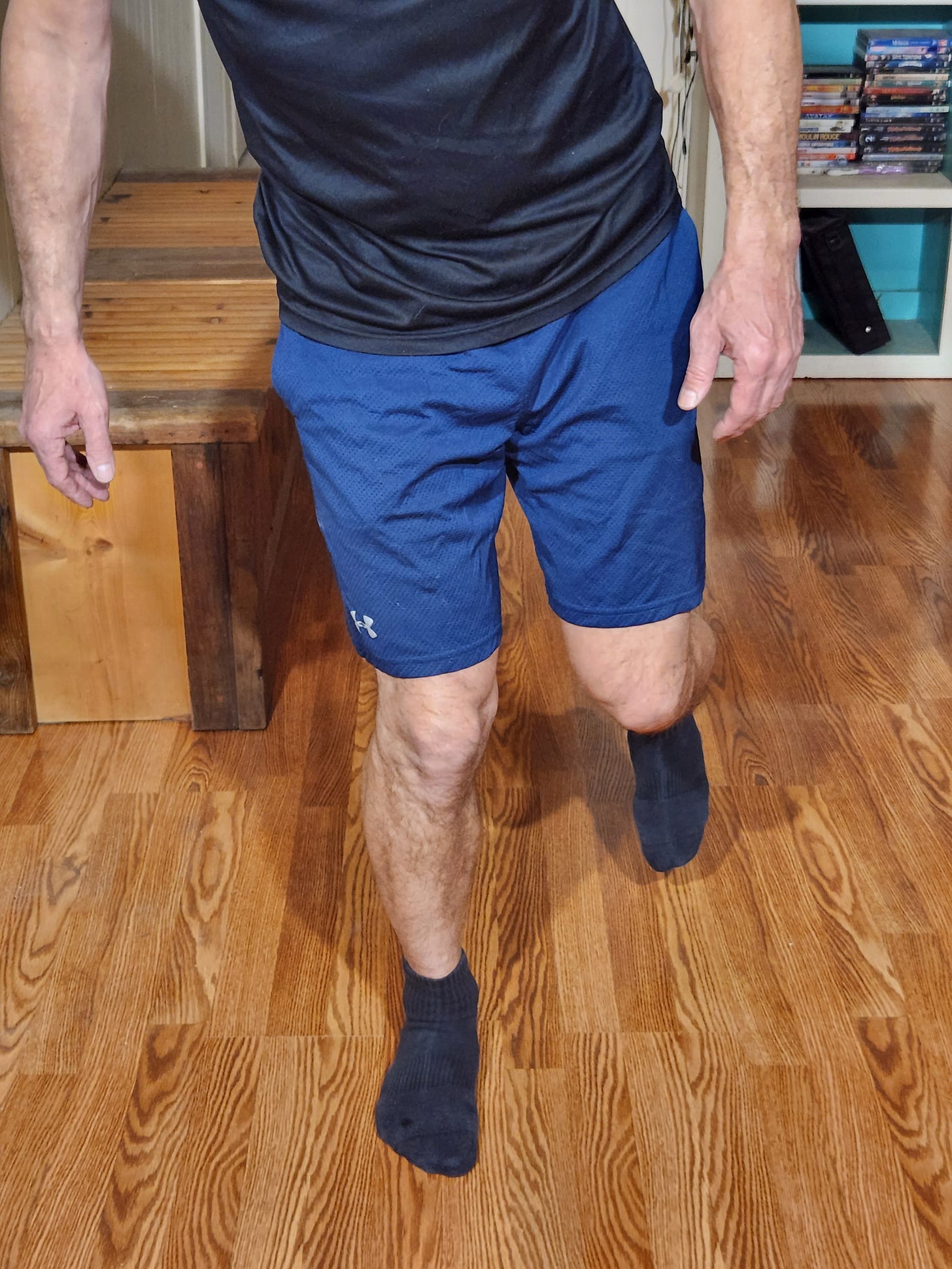Parents - prevent your kids' sport injuries with these simple exercises
This is not medical advice
The idea for this article came about when my teenager told me his knee hurt. It’s 8pm. I’m glad he’s telling me, so we can try to do something about it, but I’ve also been treating patients since 7am that morning. That also reminded me how much of a hassle injuries can be for the whole family.
When I see a kid for therapy after a sports injury, it’s a lot of extra work for the parents. You might need to get time off from work, maybe ER visit, X-rays, appt with regular doctor, then PT appointments. Of course we’re concerned that they are injured, but there is a lot of time and money coming out of your schedule.
I see repeated student athlete injuries, and most follow the same pattern. We can diagnose a specific area of injury, however it is just one of many links in the orthopedic chain, running from the shoulder girdle all the way down to the toes. When your kid plants their foot on the court, and tries to go in the opposite direction, that's 5x their body weight onto many small ligaments. Will they hold?
These exercises will not only help prevent injuries, they will also improve your kids’ performance. I try to make them very simple and only take a few minutes a day. We want to keep the teenage sighing and eye rolling to a minimum. That will just add to an already frustrating situation.
Sometimes it’s as simple as balancing on one foot
Even if your kid says this is too easy, that’s ok. Watch their foot, ankle and knee muscles. Their brain is subconsciously coordinating all the needed firings and adjustments. Sport is a series of them quickly loading all of their body weight on one foot, in a fraction of a second. When this happens at sport speed, this must be perfect, otherwise something in the chain will give.
Complete 3x30 seconds each foot every day. Simple and short. Bend the knee slightly to mimic sport posture. When this is too easy, toss a ball to them back and forth, gradually out of their reach, so they have to adjust.
We do have some rubber band strengthening exercises for the ankle, with the foot in the air. However that is not how the ankle is working when it’s injured. It’s working hardest, and usually injured, with the foot planted.
We don’t want to see the posture above. This knock kneed posture is very common among growing teenagers. The legs are becoming very long levers, and the hip muscles trying to stabilize them are relatively weak, even mores so in girls. Have them ( I know, more eye rolls ) watch this posture in a mirror, or record video with the phone for feedback. That might go down easier than you criticizing their technique.
The knock kneed posture needs to be corrected because of the torque across the knee and ankle. This increases the risk of injury.
Isometric lunge position
Ultimately we are injured when we are not strong enough to overcome the forces in our environment.
The lunge positions starts to mimic some transition postures in sport. Have them hold this position for 5-10 seconds. Self correct in the mirror. If this is hard to perform stationary, imagine how hard this is going to be with outside forces pushing them off balance. The joint, or weak link, will fail.
The posture below is one that we don’t want. This is extremely common. The knees are knocked and the hips dip. There are many exercises to strengthen the hips, however I am finding that correcting this in the mirror is the most challenging.
Good luck with the attitudes. If you need help, pay one of us to deal with them for you. Advice is always easier coming from outside the family.
Also, kids need to warm up the muscles, which is different than stretching. Check out the post below.








